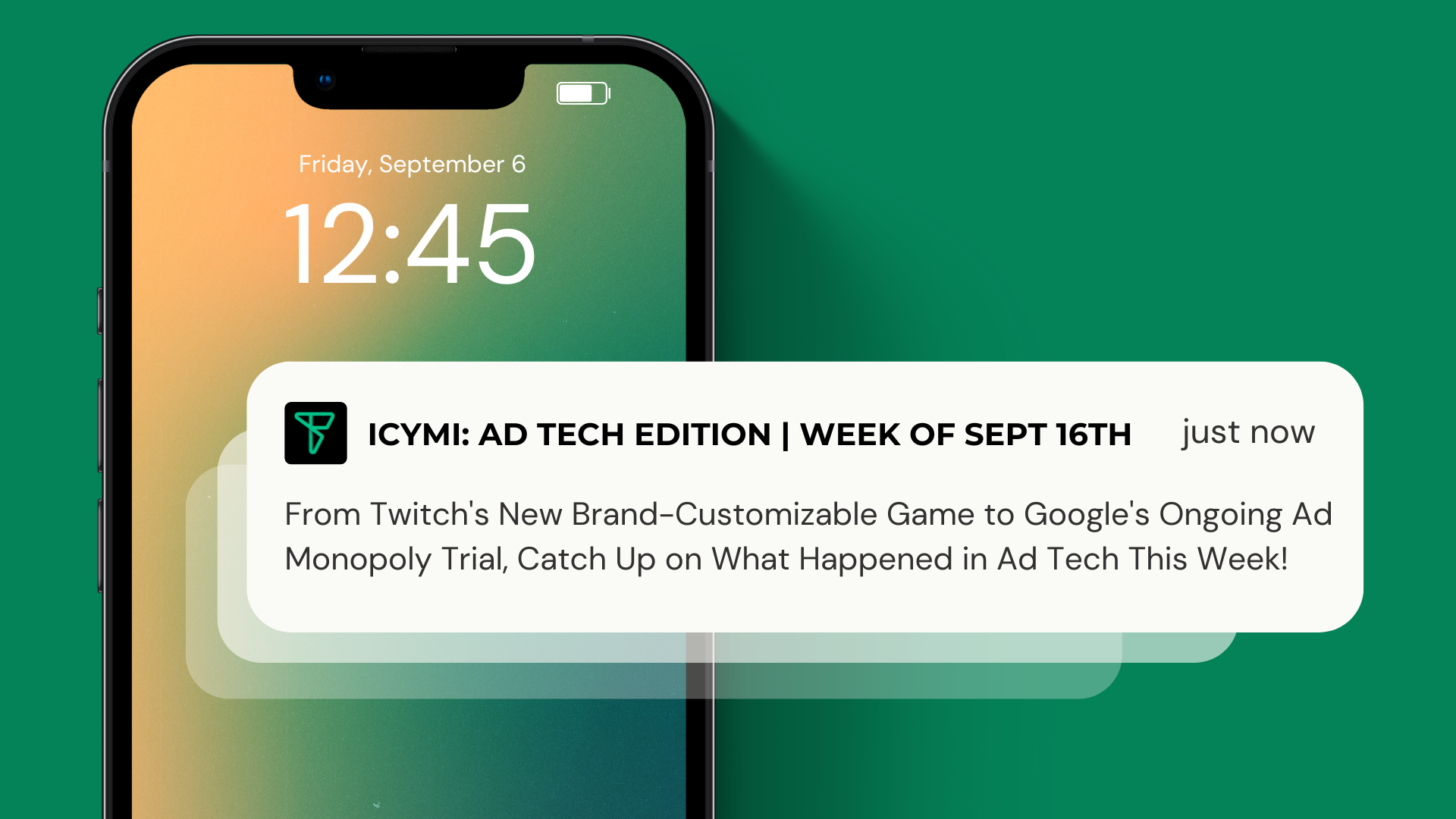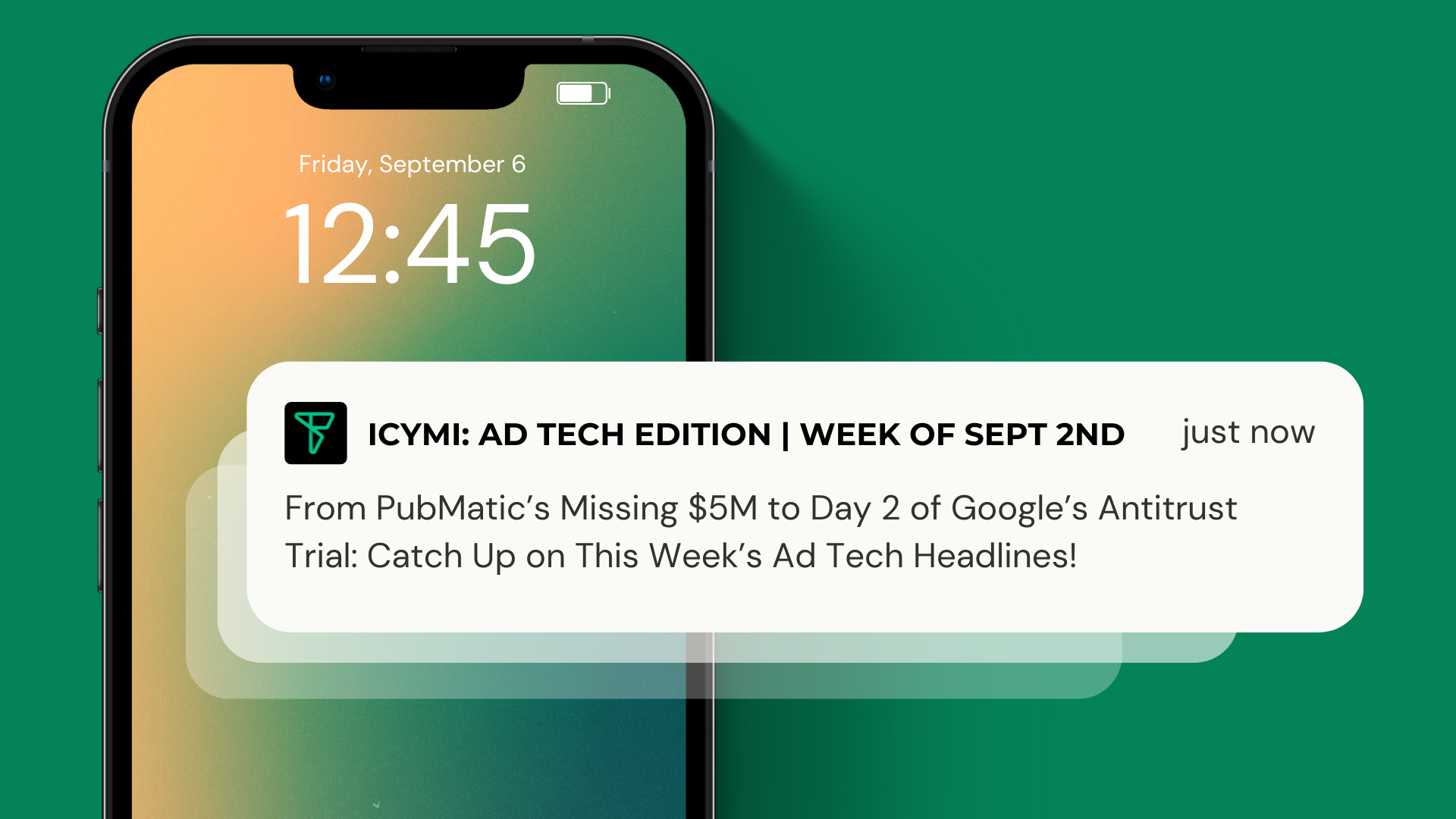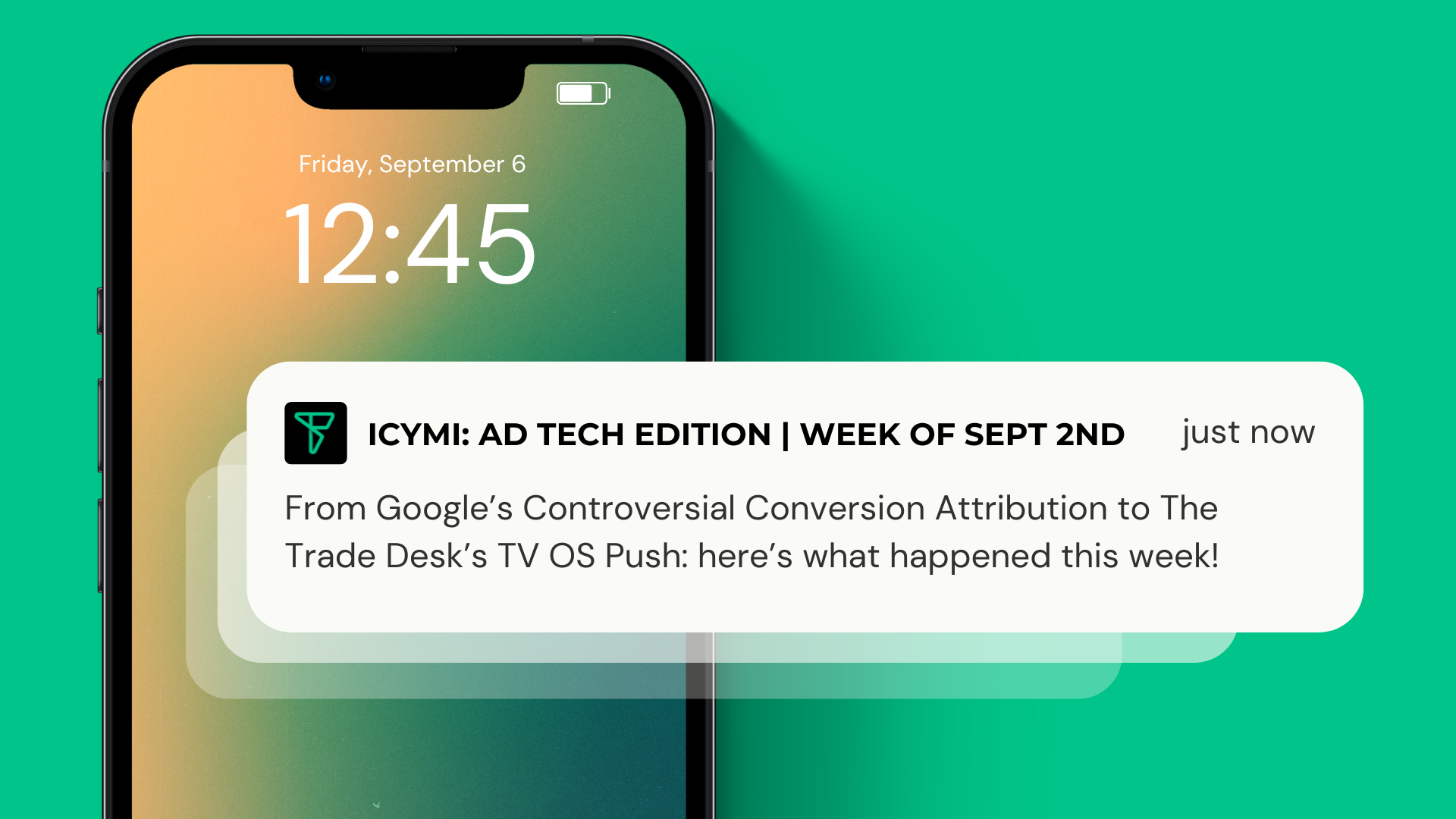Bits and Bobs from around the industry:
Google Confirms January Cookie Deprecation
Google has taken the initial steps to deprecate third-party cookies in its Chrome browser, with a 1% blocking of these cookies set to start in early January 2024 as part of the Privacy Sandbox initiative. The release, named M120, will introduce the technical capabilities for this phased rollout, acknowledging that it might take a significant amount of time. The transition plan has been developed in collaboration with the UK’s Competition and Markets Authority, aligning with Google’s commitments to protect consumer privacy. The document outlines temporary workarounds for Firefox and Safari and emphasizes the importance of user interface controls in Chrome to grant temporary exceptions per top-level site.
The Privacy Sandbox initiative aims to reduce cross-site tracking while supporting key use cases through new technologies, striking a balance between privacy protection and enabling online content, services, and advertising. Anthony Katsur, CEO of IAB Tech Lab, has described Google’s privacy plans as a “radical” departure from traditional ad targeting, emphasizing the shift of the ad auction into the browser with decisioning taking place there.
Google is replacing the exec who oversees its $220 billion ad business amid big privacy and AI changes
Jerry Dischler, who has served at Google for 15 years and most recently led the company’s entire ad business, is stepping down. He played a crucial role in steering Google through privacy changes and implementing machine learning and artificial intelligence in its advertising. Dischler was at the forefront of Google’s efforts regarding the phasing out of third-party cookies in the Chrome browser. Vidhya Srinivasan, a Google ad executive since 2019, will take over Dischler’s role. Srinivasan has experience leading product and engineering for Google’s core search, maps, and shopping formats. Her new role includes overseeing various ad formats, including YouTube and programmatic advertising.
Despite Google’s plan to replace third-party cookies with cookie-less technology by 2024, challenges loom as advertisers increasingly believe the complete elimination of third-party cookies may not occur until at least 2025. Additionally, Google is under pressure to sustain ad revenue growth amidst significant privacy changes. The company faces scrutiny from advertisers over the use of AI in ad placements and is dealing with a Justice Department complaint alleging the monopolization of digital advertising technology products. Another antitrust suit is aimed at Google’s search business.
How Publishers are Monetizing News During Challenging Times
In a panel discussion at PubForum New Orleans, industry leaders from DailyMail.com and News Corp addressed the challenges publishers face in monetizing video content around news, a domain traditionally avoided by media buyers. David Rowley, VP of Revenue Technology at News Corp, highlighted an 80% decline in news monetization from 2006 to 2020, with external factors such as programmatic advertising, reduced CPMs, and ad blocking contributing to the challenge. The ongoing Israel-Hamas conflict further complicates the monetization landscape, with blue-chip advertisers pulling back to avoid association with war-related content.
Jeremy Gan, SVP of Revenue Operations & Data Strategy at DailyMail.com, emphasized that despite advertisers’ withdrawal during sensitive news events, readership engagement surges during these periods. To navigate this, publishers like DailyMail.com are doubling down on diversifying revenue streams by focusing on more brand-safe verticals like sports or finance while still investing in news content.
The panel discussed the need for publishers to push for unblocking keywords, challenging the practice of keeping keywords on block lists indefinitely. Tom Pachys, Co-Founder and CEO of EX.CO, an online video platform, urged publishers to fight against the complexity of the value chain, emphasizing that decisions to block news content are often driven more by moral opinions than logical considerations.
While recognizing the halo effect of trusted news content on brand perception, the panel acknowledged the reluctance of advertisers and agencies to risk being associated with potentially controversial topics. Rowley encouraged publishers to communicate the positive impact of the halo effect, emphasizing that readers appreciate trusted environments and are not as concerned about potential negative associations. The discussion underscored the importance of fostering collaboration between publishers, advertisers, and agencies to strike a balance between brand safety and leveraging the monetization opportunities within news content.
Publishers Seek Strategic Partnerships With SSPs: Is a SaaS Model the Answer?
The panel discussion at Publisher Forum New Orleans delved into the evolving relationships between publishers, SSPs (Supply-Side Platforms), and DSPs (Demand-Side Platforms), addressing the challenges and opportunities for collaboration in the digital media and ad tech industry. Samuel Youn, Vice President of Programmatic at Chegg, Nick Coté, Senior Director of Supply at Madhive, and Peter Cunha, Managing Director of Ad Management at Sovrn, shared insights on the shifting dynamics.
Traditionally, SSPs, operating on a rev share model, tended to prioritize buyers over publishers due to the revenue distribution structure. The panel acknowledged a growing need for more transparency, differentiation, and granular reporting in SSP relationships. Sovrn, for instance, shifted to a SaaS model, eliminating the exchange rev share and charging publishers a SaaS fee on a per-impression basis. This move increased efficiency for buyers and led to higher yields for publishers.
The panel discussed the advantages of a SaaS model for both SSPs and publishers:
1. Clarity in Budgeting: Publishers pay for and budget for SSP services directly, rather than it being deducted from revenue share.
2. Contractual Deliverables: Publishers assess SSPs based on contractual deliverables and SLAs, promoting a clearer understanding of value.
3. True Value of Inventory: SaaS models help both SSPs and publishers understand the true value of inventory, moving away from a focus on obtaining the cheapest inventory.
4. Consolidation and Quality Partnerships: Publishers can request specific deliverables, leading to fewer but higher-quality partnerships.
The speakers emphasized the need for collaboration among SSPs, publishers, and buyers to innovate and create solutions that benefit all parties. The potential for a SaaS model presents an opportunity to differentiate and bring innovation to a space accustomed to traditional rev share models. The consensus was that true partnerships could emerge if all sides work together, ensuring a win-win scenario for SSPs, publishers, and buyers alike.





